Proper Botox aftercare is essential for ensuring optimal results and minimizing potential side effects. This guide provides comprehensive instructions‚ covering immediate steps‚ short-term care‚ and long-term tips to maximize effectiveness and maintain your investment. Follow these expert-recommended practices to achieve the best outcomes and keep your results lasting longer.
What is Botox?
Botox‚ or botulinum toxin‚ is a neurotoxin protein that temporarily relaxes muscles by blocking the release of acetylcholine‚ a chemical essential for muscle contraction. Commonly used for cosmetic purposes‚ Botox targets dynamic wrinkles—those formed by muscle movements‚ such as frown lines‚ forehead lines‚ and crow’s feet. By preventing muscle contraction‚ it allows the skin to relax‚ reducing the appearance of wrinkles. Botox is administered via injection and typically takes 3-7 days to show results‚ which can last for several months. Beyond aesthetics‚ it is also used to treat medical conditions like excessive sweating and eye spasms. Its safety and effectiveness have made it a popular choice for both therapeutic and cosmetic applications.
Why Botox Aftercare is Important
Proper Botox aftercare is essential to ensure optimal results and minimize potential side effects. By following post-treatment guidelines‚ patients can reduce the risk of complications‚ such as bruising‚ swelling‚ or uneven results. Aftercare helps prevent the toxin from spreading to unintended areas‚ which could lead to issues like droopy eyelids or facial asymmetry. Additionally‚ adhering to aftercare instructions maximizes the effectiveness of the treatment‚ ensuring the best possible aesthetic outcomes. It also supports the longevity of the results‚ helping patients achieve a smoother‚ more youthful appearance for a longer period. Neglecting aftercare can compromise both safety and satisfaction‚ making it a critical component of the Botox experience.
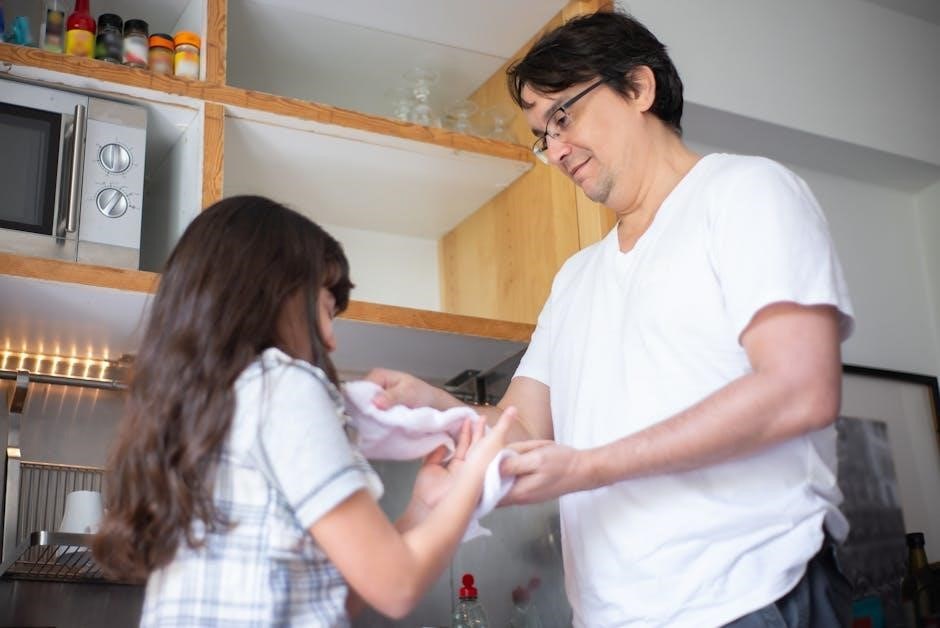
Immediate Post-Treatment Instructions
After Botox‚ avoid bending‚ lying down‚ or rubbing the treated area for 4 hours to prevent toxin migration and ensure proper absorption for best results.
What to Do in the First Few Hours
After receiving Botox‚ it’s essential to follow specific guidelines to ensure optimal results and minimize side effects. For the first few hours‚ avoid lying down or bending over‚ as this can cause the toxin to spread to unintended areas. Refrain from touching or massaging the treated areas to prevent migration. Keep your head elevated to reduce swelling. Avoid strenuous activities‚ heavy lifting‚ or exercise‚ as this may increase blood flow and affect the treatment. Do not apply makeup or skincare products immediately‚ as this could irritate the skin or interfere with the toxin’s absorption. Stay upright and relaxed to allow the Botox to settle properly. Follow these steps to promote even distribution and desired outcomes.
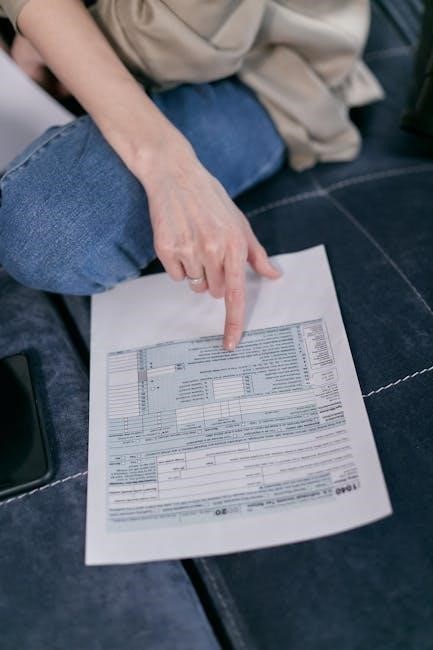
Physical Activity Recommendations
Physical activity should be limited in the initial period following Botox treatment to ensure optimal results. Avoid strenuous exercises‚ such as running‚ yoga‚ or weight lifting‚ for at least 24 hours after the procedure. This helps prevent the Botox from migrating to unintended areas. Gentle movements‚ like walking‚ are acceptable but should be done cautiously. Overexertion can increase blood flow‚ which may affect the distribution of the toxin. It’s also important to avoid activities that involve bending or straining‚ as this can disrupt the treatment. By minimizing physical activity‚ you allow the Botox to settle properly and achieve the desired aesthetic outcomes. Following these guidelines helps maximize the effectiveness of the treatment.
Facial Manipulation and Massage
Avoid touching‚ massaging‚ or applying pressure to the treated areas immediately after Botox injections. This can cause the toxin to spread to unintended areas‚ leading to uneven results or complications. Gently pat the face dry instead of rubbing when cleansing. Avoid facial massages‚ exfoliating treatments‚ or using harsh skincare tools for at least 24 hours. Refrain from activities that involve excessive facial expressions‚ as this may disrupt the toxin’s settling process. By minimizing facial manipulation‚ you ensure the Botox remains localized and achieves the desired outcomes. Allow the treatment to take effect without interference for optimal results. This precaution helps prevent unintended effects and supports the success of the procedure. Adhering to these guidelines is essential for maintaining the integrity of the treatment.
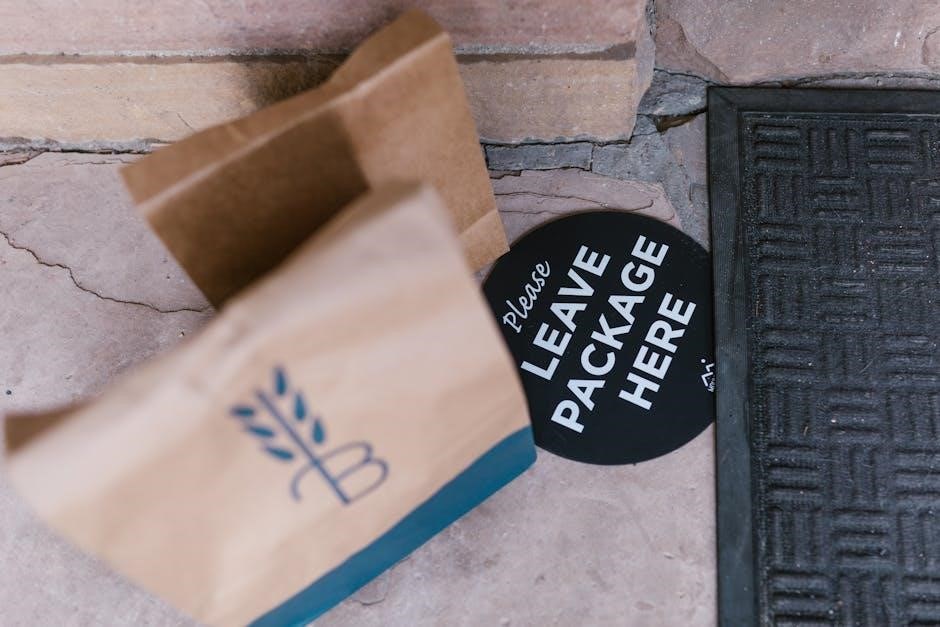
Makeup and Skincare Routine
After Botox injections‚ avoid wearing makeup for at least 24 hours to reduce the risk of infection or irritation. When resuming your skincare routine‚ opt for gentle‚ fragrance-free products that won’t aggravate the skin. Avoid using exfoliating treatments‚ retinols‚ or harsh cleansers for 2-3 days‚ as these can cause irritation or spread the toxin. Use a soft‚ clean towel to pat the face dry and apply moisturizers lightly. For makeup‚ choose hypoallergenic products and apply them with clean brushes or sponges. Avoid heavy or abrasive makeup removal; instead‚ use a gentle remover and soft pads. Waiting 24-48 hours before resuming your normal skincare regimen helps ensure the Botox settles properly for even results. Always prioritize cleanliness to minimize risks.

Short-Term Aftercare (24-48 Hours)
After Botox‚ rest and avoid strenuous activities for 24-48 hours. Monitor for swelling or bruising. Stay hydrated and avoid irritants. Follow specific guidelines to ensure optimal results and minimize side effects.
Avoiding Blood-Thinning Medications
Avoiding blood-thinning medications is crucial in the short term after Botox to reduce the risk of bruising and swelling. Medications like aspirin‚ ibuprofen‚ and warfarin should be avoided for at least 24-48 hours post-treatment. These medications interfere with blood clotting‚ increasing the likelihood of side effects. If you are taking prescription blood thinners‚ consult your healthcare provider before stopping or adjusting your dosage. Natural supplements like fish oil‚ vitamin E‚ and garlic can also thin the blood‚ so it’s best to avoid them during this period. Instead‚ consider discussing safer alternatives with your provider to ensure your safety and the effectiveness of your Botox treatment; This precaution helps minimize complications and promotes smoother recovery.
Managing Swelling and Bruising
Swelling and bruising are common side effects of Botox‚ but they can be managed effectively. Apply a cold compress to the treated area to reduce swelling and minimize bruising. Avoid rubbing or massaging the area‚ as this can spread the toxin and worsen symptoms. Elevate your head while resting to prevent fluid accumulation. Over-the-counter remedies like arnica gel or bromelain supplements may help reduce bruising‚ but consult your provider before use. If swelling or bruising persists or worsens‚ contact your healthcare provider for guidance. These symptoms typically resolve within a few days‚ but proper care can significantly reduce their severity and duration.
Facial Treatments to Avoid
After Botox treatment‚ it’s crucial to avoid certain facial treatments to ensure optimal results and minimize risks. Refrain from facial massages‚ as they can displace the toxin‚ leading to uneven results. Avoid chemical peels‚ microdermabrasion‚ or laser treatments for at least 24-48 hours‚ as these can irritate the skin and interfere with the toxin’s effectiveness. Do not use harsh skincare products containing retinol or glycolic acid‚ as they may cause irritation. Additionally‚ steer clear of facial steaming or excessive heat exposure‚ as this can affect the toxin’s distribution. By avoiding these treatments‚ you allow the Botox to settle properly and achieve the desired aesthetic outcomes without complications.
Hydration and Nutrition Tips
Proper hydration and nutrition are essential for optimal Botox results. Drinking plenty of water helps your body distribute the toxin evenly and supports skin health. Aim to stay hydrated in the first 24-48 hours to enhance absorption. Incorporate nutrient-rich foods like berries‚ leafy greens‚ and Omega-3 fatty acids to promote skin elasticity and toxin efficacy. Avoid alcohol and caffeine‚ as they can dehydrate your body and reduce Botox effectiveness. Smoking should also be avoided‚ as it can negate the benefits of treatment. A balanced diet supports overall skin health and ensures the best possible outcomes. For personalized advice‚ consult your healthcare provider or dermatologist to tailor your nutrition plan post-Botox.

Long-Term Aftercare (Beyond 48 Hours)
Long-term aftercare involves maintaining healthy skin habits‚ protecting your skin from sun exposure‚ and adhering to a consistent skincare routine to ensure lasting Botox results safely.
Maintaining Results
Maintaining Botox results requires a consistent approach to skincare and lifestyle habits. After the initial 48-hour period‚ focus on protecting your skin from sun damage‚ as UV rays can weaken the effects of Botox. Avoid excessive facial expressions and repetitive movements that may cause lines to reappear. Stick to a gentle skincare routine‚ avoiding harsh products that can irritate the skin. Hydration is key‚ so drink plenty of water to keep your skin hydrated and plump. Avoid smoking and limit alcohol consumption‚ as these can reduce the longevity of your results. Finally‚ schedule follow-up appointments as recommended by your practitioner to maintain optimal results and address any areas of concern.
Exercise and Muscle Movement
While Botox results are long-lasting‚ proper care is essential to maintain effectiveness. Gentle exercise can resume after 24 hours‚ but avoid intense workouts that cause excessive sweating or facial movements. Overexertion may reduce the longevity of results. Refrain from activities that involve bending‚ heavy lifting‚ or straining‚ as these can interfere with the treatment area. Moderate physical activity‚ such as walking or yoga‚ is generally safe. Avoid rubbing or massaging the treated areas‚ as this can spread the toxin. Be mindful of repetitive facial expressions‚ as they may hasten the return of wrinkles. Balance is key—maintain a healthy lifestyle while protecting your investment in Botox for optimal‚ sustained outcomes.
Sun Exposure and Protection
Protecting your skin from sun exposure is crucial after Botox treatments to maintain results and overall skin health. While Botox itself isn’t directly affected by sunlight‚ prolonged sun exposure can lead to premature aging and wrinkles‚ reducing the longevity of your results. Use a broad-spectrum sunscreen with at least SPF 30 daily and reapply every two hours if spending time outdoors. Wear protective clothing‚ such as wide-brimmed hats‚ and seek shade during peak sun hours (10 AM to 4 PM). Avoid tanning beds and excessive sunbathing‚ as UV rays can cause skin damage and unevenness. Proper sun protection ensures your skin remains healthy and your Botox results stay optimal for as long as possible.
Follow-Up Appointments
Follow-up appointments are essential to ensure the best outcomes from your Botox treatment. Typically scheduled 2-4 weeks after the procedure‚ these visits allow your practitioner to assess the results and make any necessary adjustments. Attend these appointments to address any concerns‚ such as uneven relaxation or insufficient response to the treatment. Regular follow-ups also help maintain consistency in your results and prevent overcorrection. Discussing your needs and preferences during these visits ensures personalized care. Over time‚ follow-ups can help refine your treatment plan and achieve long-lasting‚ natural-looking results. Consistency in follow-up care is key to maximizing the effectiveness of Botox and maintaining a smooth‚ youthful appearance.

Maximizing Botox Results
- Understand how Botox works to relax muscles and reduce wrinkles.
- Optimize results by avoiding counterproductive habits like excessive facial movements.
- Combine treatments with skincare routines for enhanced‚ long-lasting effects.
Understanding How Botox Works
Botox is a neurotoxin protein derived from the bacterium Clostridium botulinum. When injected‚ it temporarily blocks nerve signals to the muscles‚ preventing contractions that cause wrinkles. By relaxing these muscles‚ Botox reduces the appearance of fine lines and creases‚ particularly in areas like the forehead‚ between the eyebrows‚ and around the eyes. The effects are not immediate; they typically begin to show within 3-5 days and peak at around 10-14 days. Botox is not permanent‚ as the body gradually breaks it down over time‚ with results lasting approximately 3-4 months. Understanding this mechanism helps set realistic expectations and highlights the importance of proper aftercare to maximize its efficacy and safety.
Optimizing Muscle Relaxation
To enhance the effects of Botox‚ it’s crucial to avoid actions that counteract muscle relaxation. For instance‚ excessive frowning or furrowing the brow can reduce the treatment’s effectiveness. Avoid rubbing or massaging the treated areas‚ as this might spread the toxin to unintended muscles. Keeping the head elevated for a few hours post-treatment can also help prevent the toxin from migrating. Additionally‚ refraining from strenuous facial exercises or expressions for the first day allows the Botox to settle properly. By minimizing unnecessary muscle activity‚ you ensure the toxin targets the intended areas effectively‚ leading to smoother and more even results. Proper relaxation practices are key to achieving the desired aesthetic outcomes.
Lifestyle Choices for Longer-Lasting Effects
To prolong Botox results‚ adopt a lifestyle that supports skin health and reduces muscle strain. Protect your skin from excessive sun exposure‚ as UV rays can deepen wrinkles and reduce the longevity of the treatment. Avoid smoking and limit alcohol consumption‚ as these habits can accelerate skin aging and diminish the effects of Botox. Maintain a balanced diet rich in antioxidants and stay hydrated to promote healthy skin elasticity. Manage stress effectively‚ as tension can lead to increased facial muscle activity. Avoid supplements like fish oil or vitamin E‚ as they may thin the blood and affect outcomes. Regular follow-ups with your practitioner ensure consistent results and help maintain optimal relaxation of treated muscles over time.
Combining with Other Treatments
Botox can be effectively combined with other cosmetic treatments to enhance results. Dermal fillers‚ for instance‚ can address volume loss while Botox relaxes facial muscles‚ creating a more youthful appearance. Chemical peels or microneedling can improve skin texture and tone‚ complementing the smoothing effects of Botox. When combining treatments‚ consult your practitioner to determine the best sequence and timing to avoid interference with Botox’s efficacy. Combining treatments allows for a comprehensive approach to anti-aging‚ addressing multiple concerns simultaneously. Always ensure treatments are performed by a qualified professional for optimal safety and results.
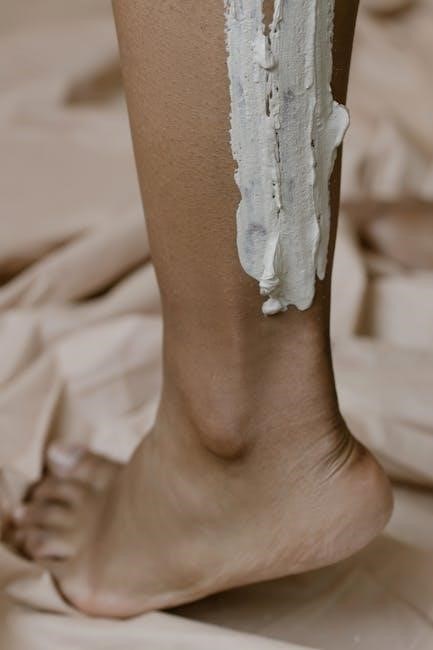
Frequently Asked Questions
Common questions about Botox aftercare include concerns about side effects‚ when to resume normal activities‚ and how long until results are visible. These topics are addressed here.
- What are the most common side effects after Botox?
- When can I return to work or daily activities?
- How long does it take to see results?
Common Concerns About Botox Aftercare
Many individuals express concerns about bruising‚ swelling‚ or uneven results post-Botox. Others worry about the longevity of the treatment or potential discomfort. Common questions include:
- Will I look unnatural after treatment?
- How long does it take for Botox to settle?
- Can I still express emotions naturally?
- What if I don’t see immediate results?
These concerns can often be addressed by following proper aftercare instructions and consulting with a qualified practitioner to ensure a smooth recovery and desired outcomes.
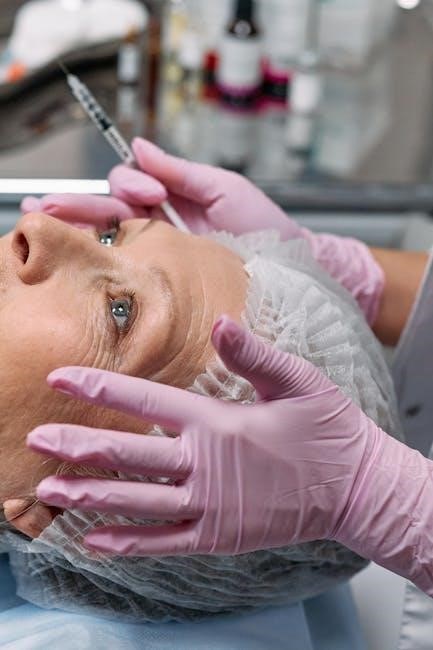
Addressing Side Effects
While Botox is generally safe‚ some side effects may occur‚ such as mild bruising‚ swelling‚ or droopy eyelids. These issues are typically temporary and resolve within a few days. To minimize risks‚ avoid rubbing the treated area and follow your practitioner’s guidance. If you experience droopy eyelids‚ artificial tears can help‚ and elevating your head while sleeping may reduce swelling. In rare cases‚ side effects like difficulty swallowing or breathing can occur‚ which require immediate medical attention. Always report persistent or severe symptoms to your practitioner for proper evaluation and care.
When to Resume Normal Activities
Most individuals can resume normal activities immediately after Botox treatment‚ but it’s advisable to avoid strenuous exercise‚ bending‚ or lying down for at least 4-6 hours. This helps prevent the Botox from spreading to unintended areas. Light activities like walking or sitting upright are fine‚ and many people return to work the same day. However‚ heavy exercise‚ such as running or weightlifting‚ should be avoided for 24 hours to minimize the risk of bruising or swelling. By following these guidelines‚ you can ensure optimal results and avoid complications. Always consult your practitioner for personalized advice tailored to your lifestyle and treatment areas.
How Long Until Results Are Visible
Results from Botox typically become visible within 3 to 5 days after treatment‚ with the full effects noticeable by 10 to 14 days. The timing varies slightly depending on the individual and the area treated. Some people may notice subtle improvements sooner‚ while others may take a bit longer. It’s important to be patient and avoid comparing your results to others‚ as outcomes can differ. If you have concerns about the progress or effectiveness of your treatment‚ schedule a follow-up appointment with your practitioner around 2 weeks post-treatment. This allows enough time to assess the results and determine if any adjustments are needed. Consistency and proper aftercare ensure the best possible outcome.
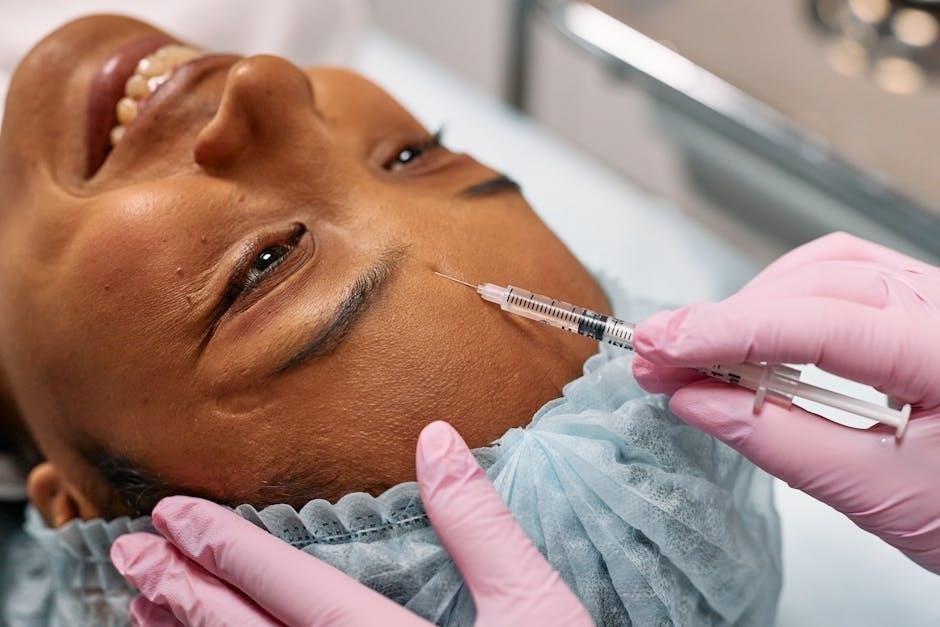
Potential Risks and Complications
Botox may cause rare complications like droopy eyelids‚ facial asymmetry‚ or swallowing difficulties. While typically temporary‚ these issues require immediate medical attention to prevent long-term effects.
Understanding Possible Side Effects
While Botox is generally safe‚ potential side effects may occur. Common mild effects include bruising‚ swelling‚ or headache at the injection site. Rarely‚ patients may experience droopy eyelids‚ facial asymmetry‚ or difficulty swallowing. These side effects are usually temporary but can be distressing. In some cases‚ allergic reactions or eye dryness may develop. It’s crucial to discuss any pre-existing conditions‚ such as neuromuscular disorders‚ with your practitioner to minimize risks. If side effects persist or worsen‚ seek medical attention promptly. Proper aftercare and adherence to instructions can help reduce the likelihood of complications. Always choose an experienced practitioner to ensure safe administration and optimal outcomes.
Signs of Complications
Signs of complications from Botox may include severe allergic reactions‚ such as hives‚ itching‚ or difficulty breathing. Other concerning symptoms are widespread muscle weakness‚ drooping eyelids that worsen over time‚ or difficulty swallowing. If you experience double vision‚ facial weakness‚ or an inability to close your eyes completely‚ seek immediate medical attention. In rare cases‚ the toxin can spread beyond the injection site‚ leading to systemic effects. Additionally‚ if the injection site becomes infected or shows signs of redness‚ pus‚ or increased pain‚ it may indicate a complication. Always monitor your symptoms and contact your healthcare provider if you notice anything unusual. Prompt action can help prevent long-term issues and ensure your safety.
When to Seek Medical Attention
Seek medical attention immediately if you experience severe symptoms after Botox‚ such as difficulty breathing‚ swallowing‚ or speaking. Persistent drooping eyelids‚ double vision‚ or facial weakness that worsens over time are also concerning signs. If you develop hives‚ itching‚ or swelling beyond the injection site‚ it may indicate an allergic reaction. Additionally‚ if muscle weakness spreads to other areas of your body or if the injection site becomes infected (redness‚ pus‚ or increased pain)‚ contact your doctor right away. These symptoms could signal serious complications that require prompt treatment. Don’t delay seeking help‚ as early intervention can prevent long-term effects and ensure your safety.
Proper Botox aftercare ensures optimal results and minimizes risks. Follow guidelines‚ stay patient‚ and maintain communication with your provider for a safe and successful treatment experience.
Adhering to Botox aftercare instructions is crucial for safety and effectiveness. Immediate care involves avoiding strenuous activities‚ facial massage‚ and makeup for a few hours. Short-term guidelines include steering clear of blood-thinning medications and facial treatments while managing swelling. Long-term care focuses on maintaining hydration‚ avoiding excessive sun exposure‚ and scheduling follow-ups. Understanding how Botox works and optimizing lifestyle choices can enhance results. Combining treatments should be discussed with a professional. Addressing side effects promptly and recognizing complications are vital for a smooth recovery. Patience is key‚ as results may take a few days to become visible. By following these steps‚ you can ensure a safe and successful Botox experience with lasting benefits.
Final Tips for Optimal Results
To achieve the best outcomes from Botox‚ prioritize consistency and patience. Avoid touching or rubbing treated areas to prevent spreading the toxin. Stay upright for 4-6 hours post-treatment to ensure proper distribution. Hydrate well and maintain a balanced diet to support skin health. Avoid smoking and excessive alcohol‚ as they can reduce Botox longevity. Schedule follow-ups as recommended to maintain results. For future treatments‚ wait at least 3 months between sessions to avoid resistance. Consider combining Botox with other treatments like fillers for a holistic approach. Most importantly‚ trust your provider’s expertise and communicate openly about your goals and concerns for personalized care.
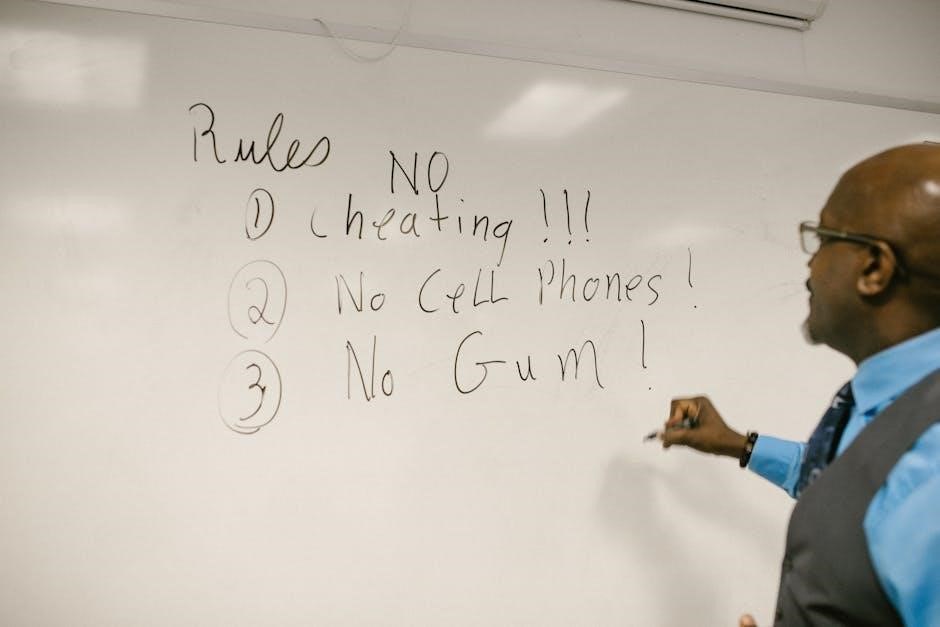
No Responses